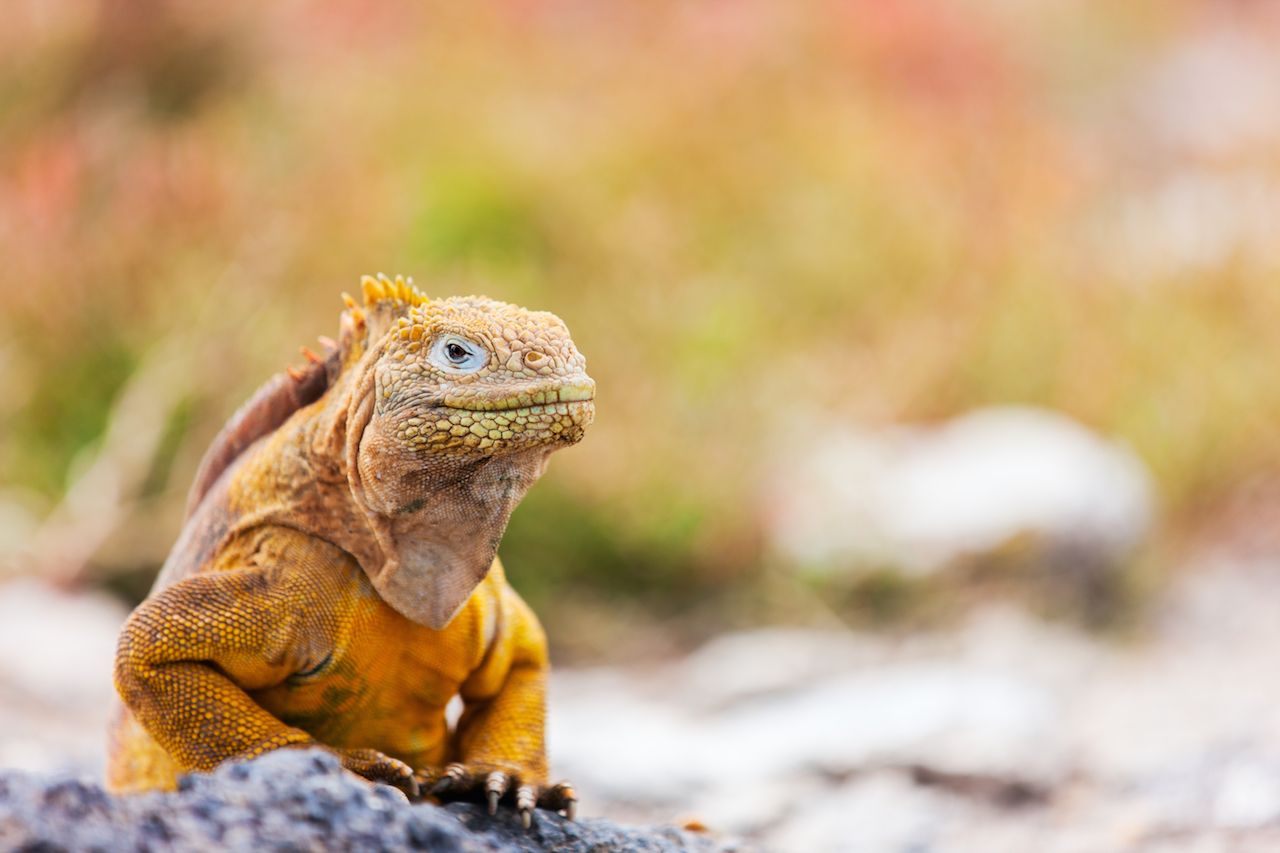Ecuador is not a large country. The nation, which sits on South America’s Pacific coast, is about the size of Nevada. But packed into that small land area are distinct regions that offer vastly different experiences for tourists. In a few hours, you can go from island to beach to snow-capped mountain to lush rainforest — thanks to Ecuador’s expansive bus system and reliable puddle jumpers. This geographic diversity, along with bustling cities and rich pre-colonial history, makes Ecuador a great bang for your tourist buck. Here’s where to go in Ecuador depending on your vacation goals.


Ecuador Packs the Most Adventure Into a Small Space Better Than Anywhere Else in South America
Four fascinating regions

Photo: Ecuadorpostales/Shutterstock
Ecuador’s four distinct regions include La Costa to the west, which provides stunning beaches and amazing seafood. La Sierra, which splits the country longitudinally, features the Andes Mountains and an insane number of volcanoes. To the east, El Oriente encompasses the country’s share of the Amazon. Finally, less than a mile off the coast sits the famed Galapagos Islands.
Sun and surf — Montañita

Photo: Diana Zuleta/Shutterstock
Recognized as a global surfing destination by World Surf Cities Network, Montañita draws surfing talent from around the world for its serious waves, but casual riders and non-surfers will find plenty to love about the buzzing seaside town. Beach bars and clubs make Montañita a bit of a party scene with drinks flowing late into summer nights. If you’re in search of some quiet suntanning, try finding accommodation along the coast, so you can pop in and out of town whenever you feel like partying or relaxing.
Ecotourism — Yasuní National Park

Photo: SL-Photography/Shutterstock
In the running for most biologically diverse place on Earth, Yasuní National Park sits on the far eastern edge of Ecuador in the Amazon basin. It combines ecosystems from the Andes, Amazon, and equator into one mishmash of wildlife and plants. The Napo Wildlife Center and Sani Lodge both manage wastewater to keep from contaminating the beautiful swampland. Napo runs on solar energy while Sani has low-impact nature trails, so both offer ways to visit the unique area and feel good about it.
Self care — Papallacta

Photo: Roberto Michel/Shutterstock
A short trip from the capital of Quito you’ll find Ecuador’s highest town perched high in the Andes at nearly 11,000 feet above sea level. Nearby Antisana volcano supplies Papallacta with plenty of natural hot springs perfect for soothing your tired muscles and stress-addled brain. The best of the bunch is Termas de Papallacta, a luxury hotel sporting the most beautiful hot pools in town.
Food — Cuenca

Photo: Stefano Barzellotti/Shutterstock
You can find many fantastic restaurants and street eats in Quito or Guayaquil, but for a truly unique taste of Ecuador, head to Cuenca, where you’ll find a regional specialty that’s rare outside the country. Cuy, or roasted guinea pig, is an unconventional treat for most visitors. Street vendors and restaurants usually spit roast the animal, hack it into quarters, and deliver it to diners head and all. It may be unnerving at first, but one bite of the shatteringly crisp skin and succulent meat will sell you on the unique meal.
Outdoor adventures — Baños

Photo: Fotos593/Shutterstock
Baños, or properly Baños de Agua Santa, lies on the border between the rainforest and the mountains. Situated at the base of the Tungurahua volcano, the town is named for its relaxing hot springs, but Baños is actually great for more active vacationers as well. Book an excursion from the town out into the nearby wilderness to zip line over lush ravines, scramble up and down flowing waterfalls, and hike the dramatic mountaintop forests.
Historic ruins — Ingapirca

Photo: LuminatePhotos by judith/Shutterstock
Machu Picchu in neighboring Peru gets all the attention, but Ecuador has plenty of Incan ruins as well. Ingapirca, in the Cañar province of mountainous La Sierra, is the largest Incan site in the country, and it tells a story totally unique to the ancient peoples of Ecuador. While it features the same architectural mastery of more famous Incan ruins, Ingapirca differs in that it’s actually the product of two peoples, the Inca and local Cañari, who merged peacefully to form a single society there. The main draw at Ingapirca is the Temple of the Sun, which was positioned to catch the sun in its entranceway during solstices.
Animal watching — Galapagos Islands

Photo: BlueOrange Studio/Shutterstock
It’s hard to beat the Galapagos for rare wildlife. You can find giant tortoises at breeding centers on multiple islands in the chain, along with wild penguins, marine iguanas, and albatrosses. To get there, take a small plane from Guayaquil to Baltra Island. Then grab a ferry to Santa Cruz Island and make your way to Puerto Ayora, where you’ll find cruises of various sizes and lengths that will take you throughout the island chain. All of this traveling can add up in both time and money, so if you’re on a budget, consider Isla de la Plata, known as the “poor man’s Galapagos.” Isla de la Plata features its own rich ecosystem, including the famous blue-footed booby, and sits just 90 minutes off the coast by boat.